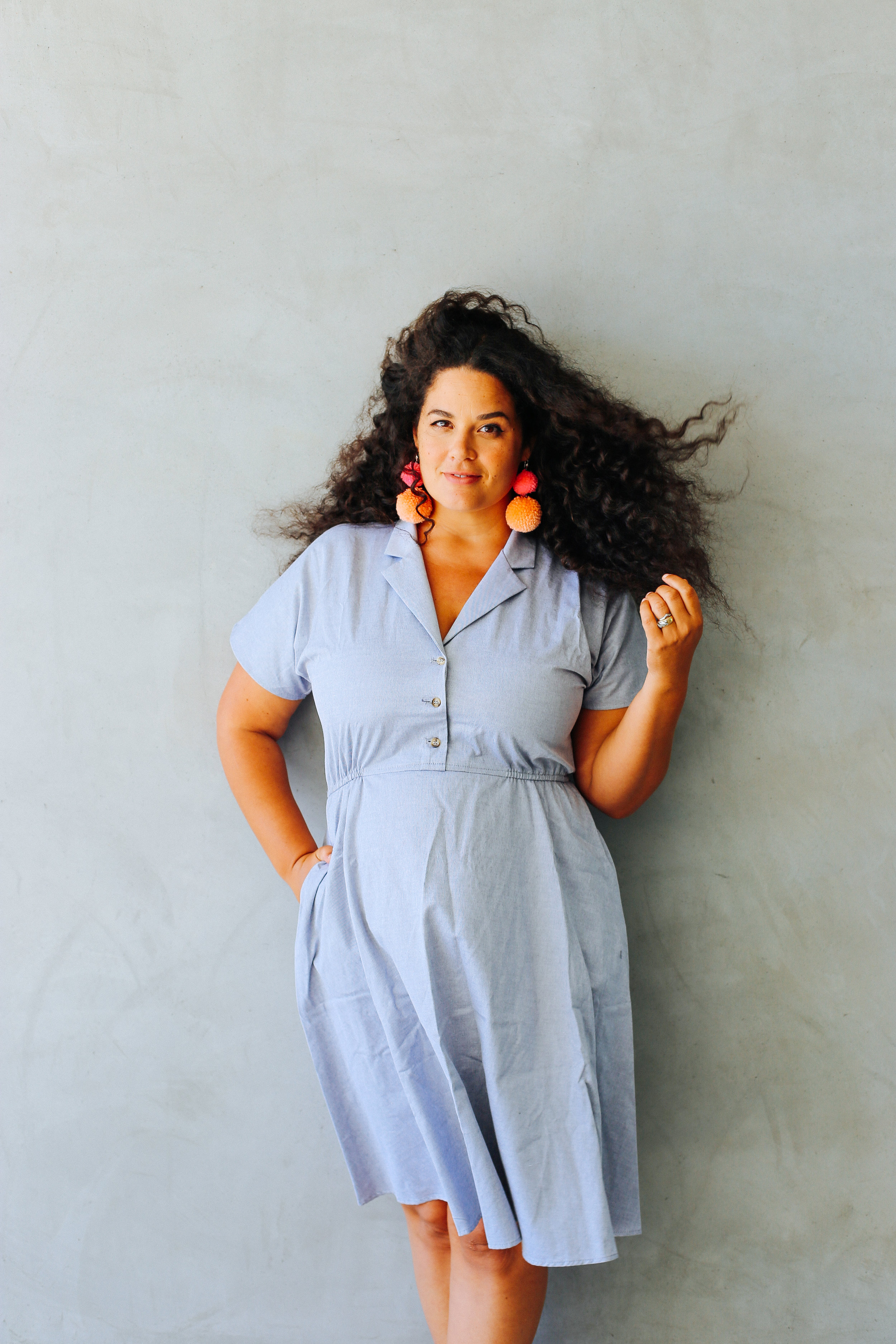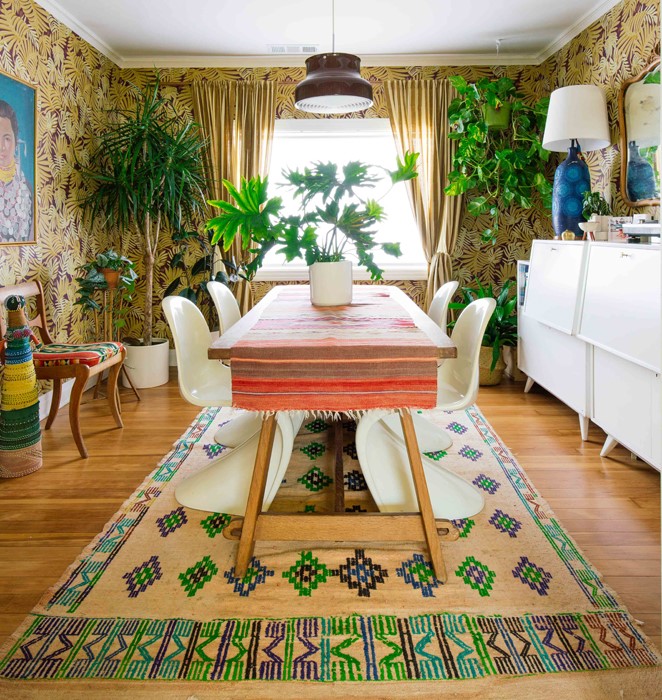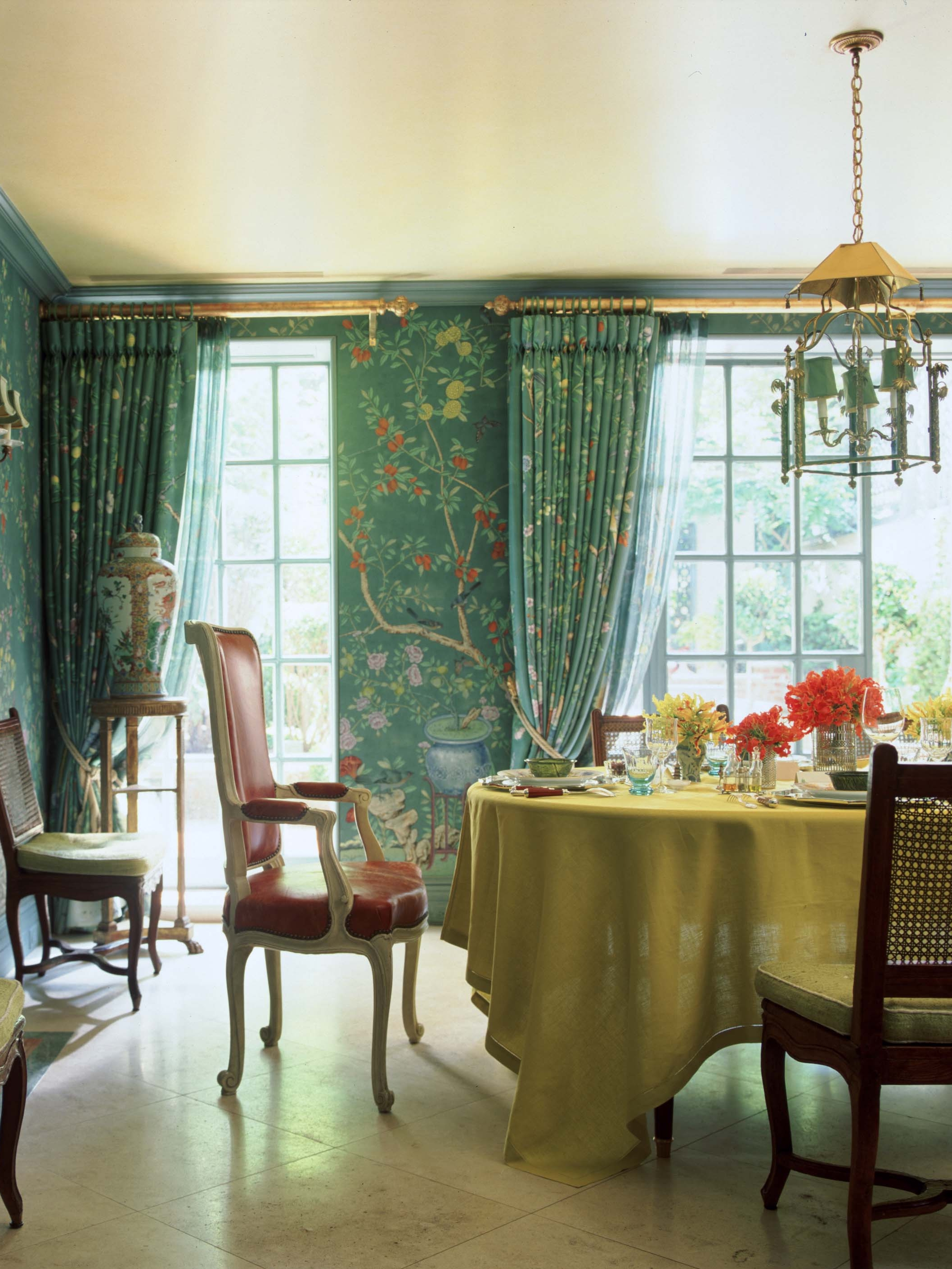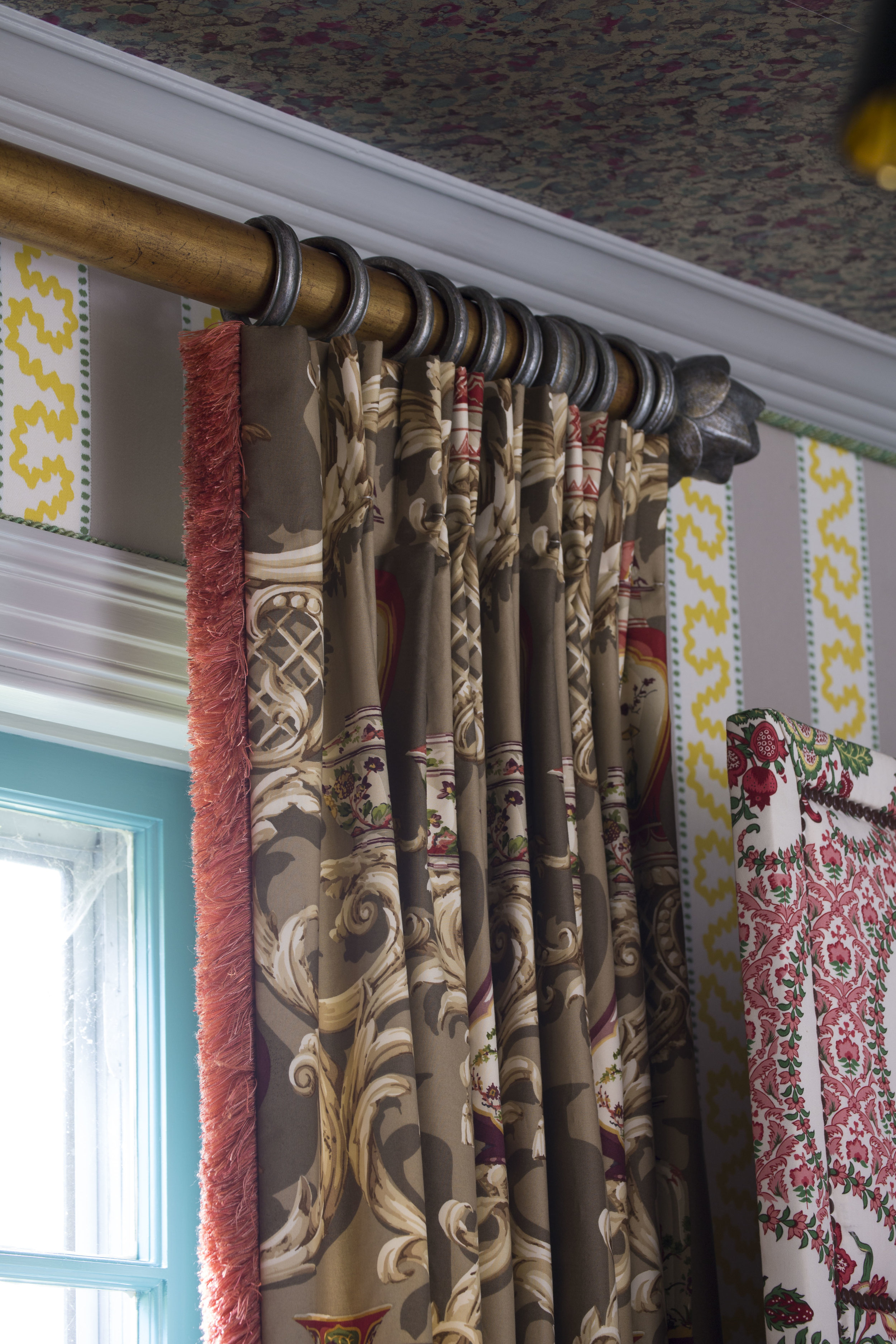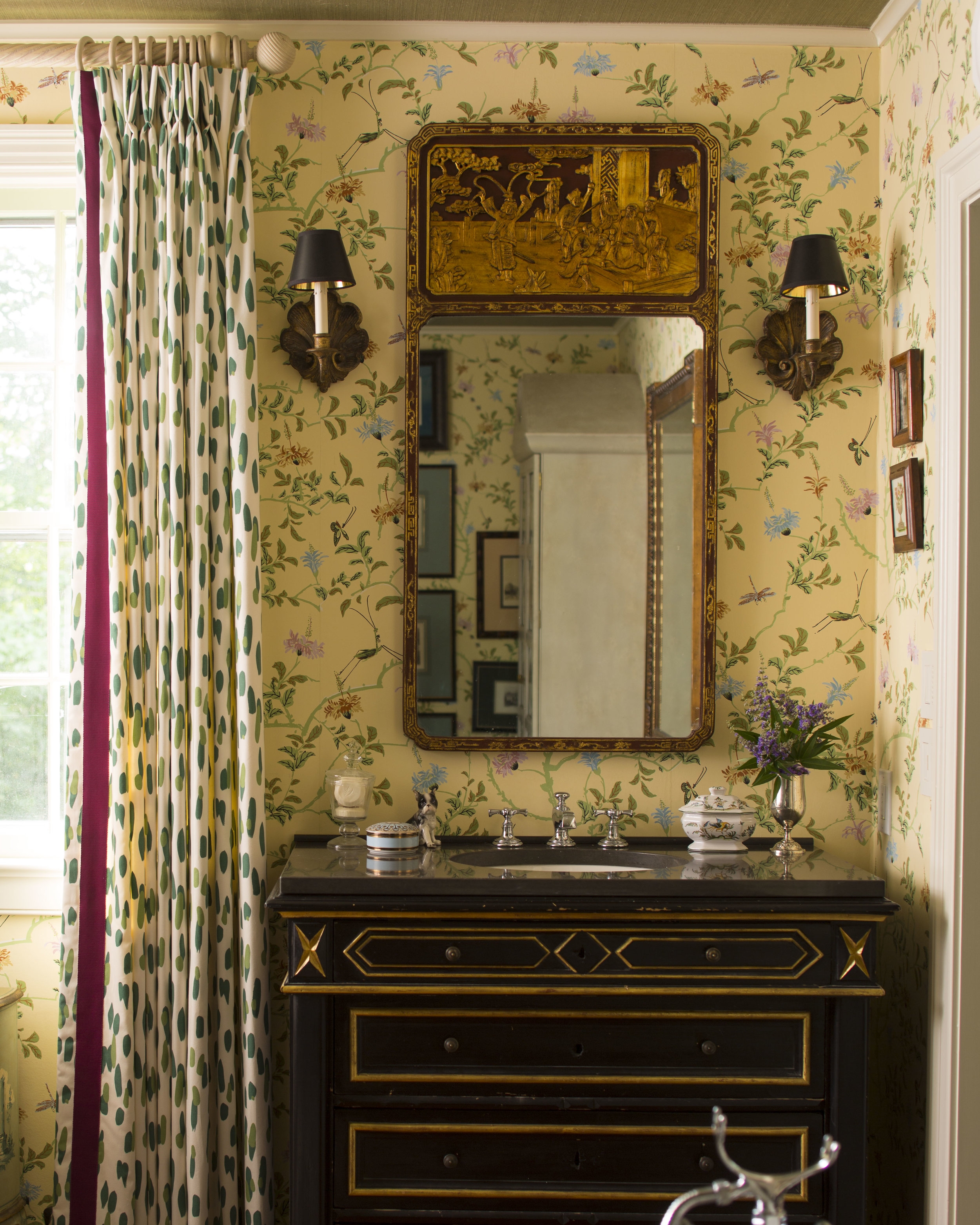Window Dressing
Friends:
Hello!
I want to introduce ourselves: My name is Jason Oliver Nixon, and my partner, John Loecke, and I are the co-founders of the High Point, North Carolina-based interior design and product development firm Madcap Cottage. Think of us as your “Calico Hosts”—it’s our goal to help make your home fabulous by tapping the amazing capabilities of Calico from coast to coast. Of course, we have our joyful and playful Madcap Cottage fabric line at Calico, but it’s our job is to tell you the WHOLE Calico story and what Calico can do for you. (And we hope you like the Madcap line, too! Wink.)
So pepper us with heaps of questions about your home and how Calico can take a home that’s nice and make it a real knockout. Join the fun, join the conversation, join us on Instagram and Facebook.
Let’s see…
How can I transform a beige sofa that needs some oomph?
Help?! I have no idea how to reupholster a vintage chair.
I don’t have an interior designer, can Calico help me?
I love Candice Olson, can I actually ask her a design question?
How much fabric do I need to create custom bedding? And does Calico make custom bedding?
I am intimidated by the whole idea of interior design, can you make the process easy and accessible?
Can Calico help me redo my bedroom and living room? Do you all have in-home services… Can your designers actually come to my home and work with me in my house?
I have design questions for the Madcaps, will you actually respond if I email you all?
John and I are right there with you, we really get it.
Let’s kick off our Calico blog series with one of our favorite topics, window treatments! It was once said that a house without books is like a room without windows. And while we hope that you have heaps of great reads in your home, we also hope that you have appropriately attired all of the windows in those rooms.
For nothing is more disheartening than a naked window, just ask your neighbor across the way who has unobstructed views.
Think blinds. Shades. Curtain panels. Valances. Shutters.
But with so many options, where to start? Turn to Calico, of course, and their talented, service-driven teams of design associates who can take those tired windows and make them tip, top, terrific.
The Calico team will discuss what’s right for, say, your living room and work with you to pick the perfect fabric and pair your treatments with the perfect hardware or shade treatment to make them functional. They will also take all measurements and oversee installation so that everything fits perfectly. We have used Calico to create custom window treatments for clients all over the country: Calico has really become our coast-to-coast workroom, and they make the creation of bespoke window treatments easy for us—from taking and guaranteeing the window measurements to overseeing install.
To get your window-centric wheels turning, we asked a few of the high-octane interiors designers in the Calico stable—including us!—to tell us what’s inspiring the way they dress their client’s window right now.
Justina Blakeney, the California-based design talent (and social media superstar) behind the highly graphic performance fabrics that bear her name, suggests, “I love layers, and I am digging all things natural right now for the first layer: bamboo, seagrass, hemp... But then I like to punch things up with fun pattern and color for the outer layer—and anything with a botanical motif? Count me in!"
Left: Justina Blakeney. Right: Leafy, frondy luxe comes to life in this spirited space that channels fun and a sense of adventure.
Manhattan-based style setter Charlotte Moss recommends, “’Let the sunshine in’ as the song goes, and, as a New Yorker, sunlight is a premium commodity so that’s the first thing I think about—letting light and the view to the outside IN. Then I consider the room, and what will suit it. A favorite style is the use of rings on poles—sounds like jewelry, no? Seriously, rings on poles can add another decorative element to a room. Wooden, painted, bamboo, gilded, brass, or bronze—there are possibilities to suit any room.”
Left: Charlotte Moss. Right: For her Manhattan dining room, Charlotte selected European-style goblet-pleated panels crafted from a Chinoiserie-style floral fabric that references the room’s hand-painted Chinese wallpaper in both pattern and ground color. Gilded hardware gives the panels a finished and slightly more formal look.
For a clean, unstructured look that really shows off the Jacobean tree of life pattern on these drapery panels, Charlotte chose an inverted style pleat. (Inverted pleats are a great way to really display a large pattern.) The woven shade adds to the layered European look.
Fashioning draperies from the same fabric or pattern that you put on your walls is a classic European decorating trick that makes small rooms feel much larger. To give this traditional drapery style a more casual look Charlotte topped the simple inverted pinch-pleat panels with a relaxed pole-mounted swag trimmed in coordinating bullion fringe.
Finally, Madcap Cottage’s very own John Loecke admits to finding inspiration in great design books of the past that he picks up on eBay and at vintage stores. Says John, “A favorite Madcap design trick—adding trim down the lead edge of simple pleated drapery panels. Think of trim as the jewelry of the décor world—whether grosgrain ribbon, ric rac, fringe, tassels, or pom poms. Embellish your window treatments, and take the nice and make it a real knockout. And don’t overlook adding decorative window treatments to utilitarian rooms like the master bath. Draperies in the bath are common in places like the United Kingdom and help make the utilitarian feel more personal.”
Left: John Loecke. Right: Brush fringe in a rich red hue pulled from the fabric pattern gives these simple pinch-pleat panels a dressier look. The two-tone metallic painted wood rod adds a European feel.
Pinch-pleat panels fashioned from a bold graphic print give this traditional Madcap-designed bathroom a fresh, yet timeless appeal. Note the grosgrain trim that adds that extra punch that only trim can deliver.
To make a low ceiling feel higher, trick the eye by mounting your drapery directly below the crown. Using a deep valance can further accentuate the illusion of height. Not to mention, a decorative valance can be a practical way to hide hardworking, but less-than-attractive hardware, such as a metal drapery track.



